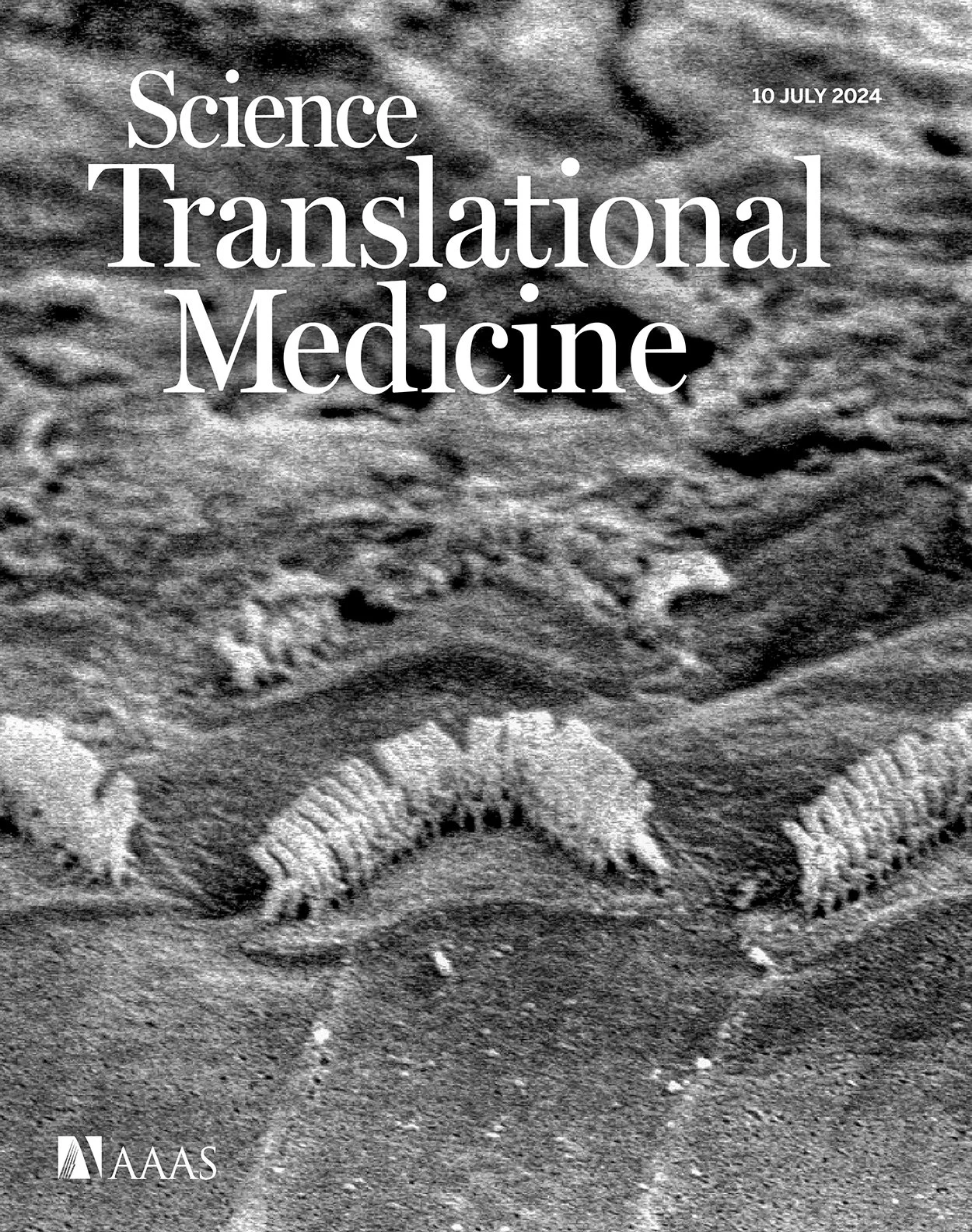Researchers have used gene editing to restore hearing in adult mice with a type of inherited hearing loss.
Shutting down a damaged copy of a gene called a microRNA (miRNA) enabled the animals to regain hearing.
They are hoping to do the same for people with inherited hearing loss.
Zheng-Yi Chen, DPhil., and his colleagues at Mass Eye and Ear in Boston and other institutions studied a rare form of genetic deafness called autosomal dominant deafness-50 (DFNA50). DFNA50 is caused by mutations in the microRNA-96 (MIR96) gene. MiRNAs are pieces of genetic material that help control gene activity, acting like a master switch. Mutations in miRNAs have been linked to several types of inherited hearing loss. In people with DFNA50, progressive hearing loss develops in the teenage years.
According to Chen, researchers had proved it was possible to use gene therapy (replacing a gene) and gene editing (modifying a gene) to treat genetic deafness in newborn mice, but no one had shown that gene editing was possible in the adult animal inner ear. The human inner ear is fully developed in newborns. In contrast, the newborn mouse inner ear is still developing and changing in structure and function.
“We thought that if we could show we could treat deafness in a fully mature mouse model, we might increase the likelihood it would work in humans,” Chen said.
The scientists focused on a specific mutation in the MIR96 gene. The mutation controls genes important in the development and functioning of hair cells in the ear. Hair cells act as sensors to detect sound and motion and are crucial for hearing.
